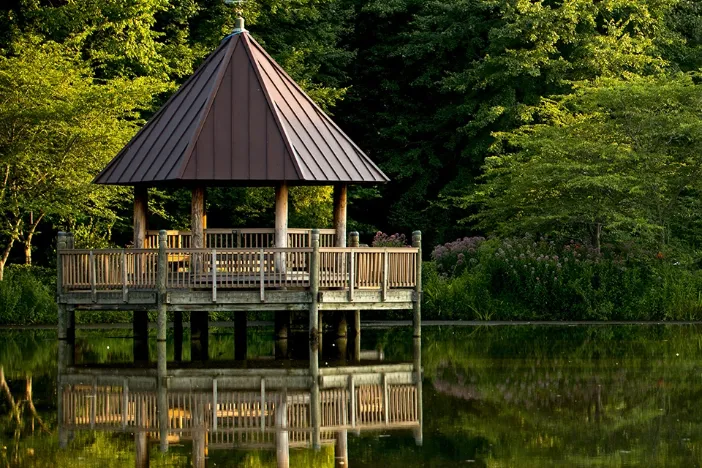
Gazebos – Private outdoor rotundas
Gazebos are freestanding garden structures with sturdy solid roofs made with standard materials, like shingles. The roofs connect to the flooring through posts. You’ll find railings along the perimeter, which makes it an enclosed space while still open on all sides. There may be matching benches inside for your convenience.
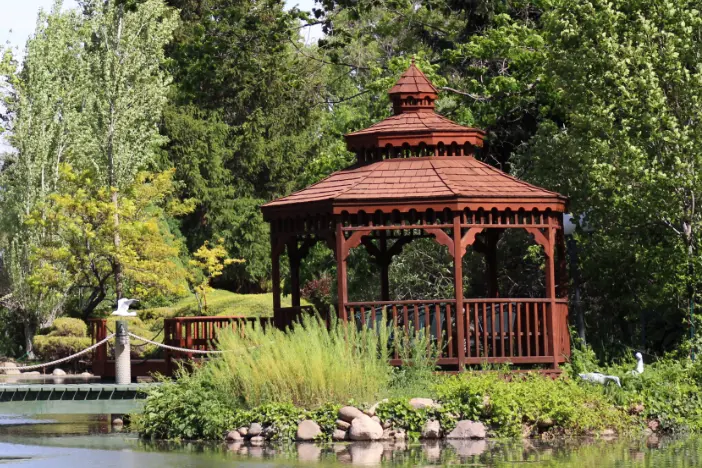
Materials
Because gazebos are so large (typically 12 foot diameter or larger), they must be made with strong materials. They can include:
- Vinyl
- Metal (aluminum, steel)
- Wood
The most commonly used material is wood, which reinforces the traditional image of the idyllic small town gazebo and blends with backyard environments. However, aluminum or galvanized steel roofs may be better suited for sun protection in more industrial settings.
Purpose & Use
Gazebos provide shade from the sun, as well as shelter from the rain. Usually, there’s seating inside so you can sit and talk, read books, admire the scenery, etc. The open sides give them a welcoming feel and allow gentle breezes to provide a cool respite from the heat.
They also serve a secondary purpose: an ornamental feature. You’ll certainly have a gorgeous focal point that your guests won’t stop talking about!
History
Gazebo-like structures have been around for almost forever. Wealthy ancient Egyptians used them in their gardens almost 5,000 years ago! They believed their gardens were paradises on Earth that they could take with them into the afterlife. So naturally, the Egyptians spruced up their gardens with these beautiful structures.
Besides ancient Egyptians, Romans, Persians, the Japanese, the French, etc., all have had their own versions of gazebos throughout history. The Romans used them as small temples while the Japanese used them for tea ceremonies.
They made their way to the US in the 18th century. While initially, only middle-class (and higher) families had gazebo structures, today, they’re much more affordable and accessible to everyone.
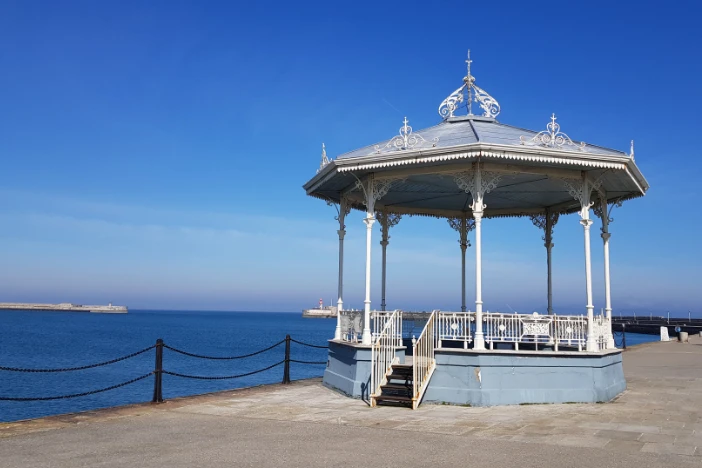
Placement
Because they’re freestanding structures, you can put gazebos anywhere you want. They can go on your deck, in the middle of the yard, or by the pool if you have one. One can also be attached to a garden wall. However, to avoid overwhelming your outdoor space, be sure to choose an appropriate size.
Gazebo Designs & Styles
Traditionally, there are two main shapes: hexagon and octagon. Do note that it’s easy to get a custom-built gazebo, so you can get any shape you want. Many people choose oval, circle or rectangle but an octagon shape is the most popular.
For those who like more intricate designs, you can opt for a Victorian-style structure. It has an ornate and romantic aesthetic that’s easy on the eyes.
Rustic versions are also cozy and may have a thatched or shingled roof. They have a natural feel and use wood and other organic materials.
On the other hand, a modern design is simple and comes with a flat or sloping roof. The material choice is typically metal or vinyl.
If you place one in a lush area, you might consider a design that integrates lattices for climbing plants. The intertwining vines and leaves with the slats help to wed the structure to the natural surroundings for a cohesive look.
Modern Customizations
The main difference between traditional and modern gazebos is that the former uses wood and the latter uses metals and vinyl. In addition, newer designs tend to have custom shapes.
To make things more comfortable, today’s homeowners add things like curtains, screens, outdoor lighting, fans, fire pits, and heaters. You can even install a sound system and outdoor kitchen to provide hours of entertainment for your family and guests. It’s the perfect outdoor getaway just a few steps from home.
Gazebos – Pros & Cons
PROS
- All weather usage
- 360° view
- Provide privacy
- Variety of designs
- Additional screens ward off pests
CONS
- Take up a lot of space
- Site must be level and drained
- May require concrete foundation
- High-maintenance
- Expensive
Other shade structures
Gazebos are just one of the popular outdoor shade structures for residential, commercial and public properties. The next section of our guide takes a look at pergolas.

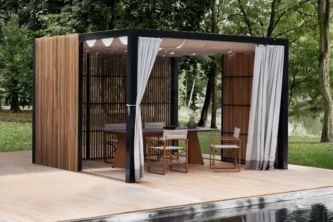
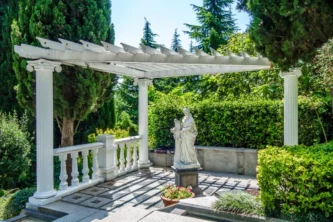
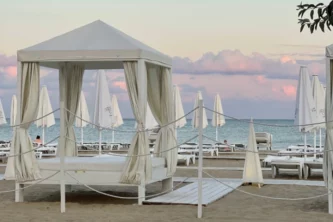
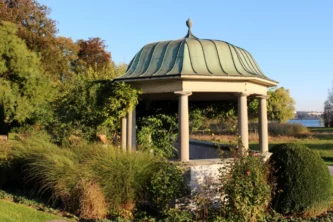
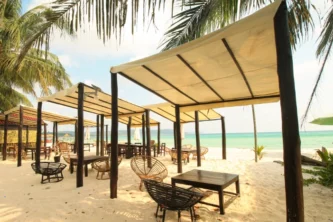
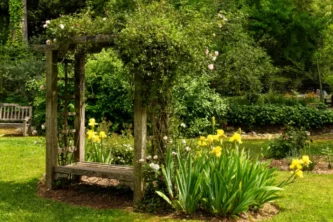




Leave a Reply